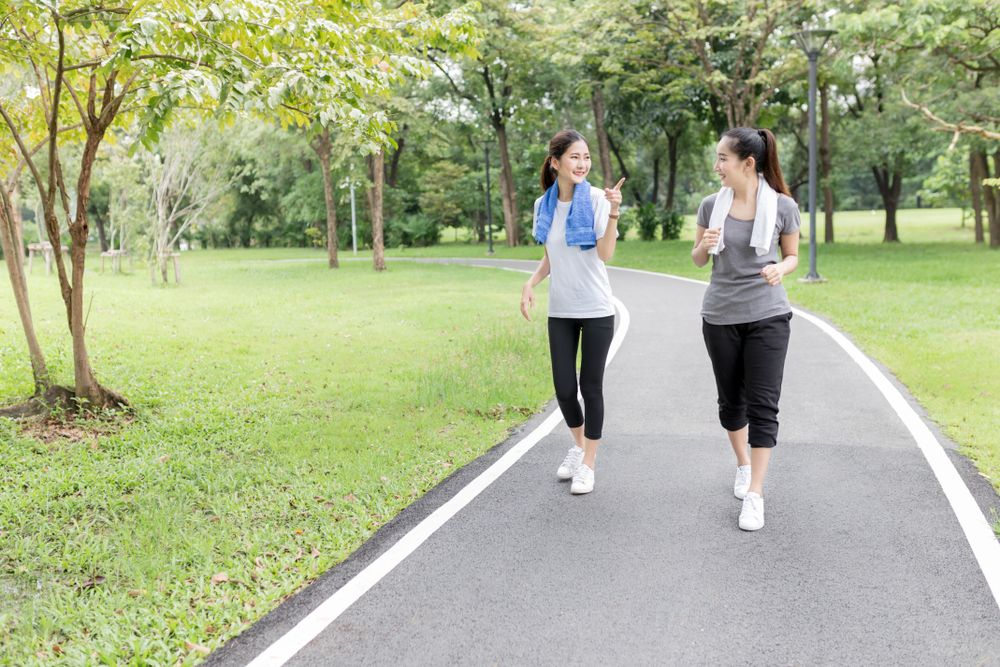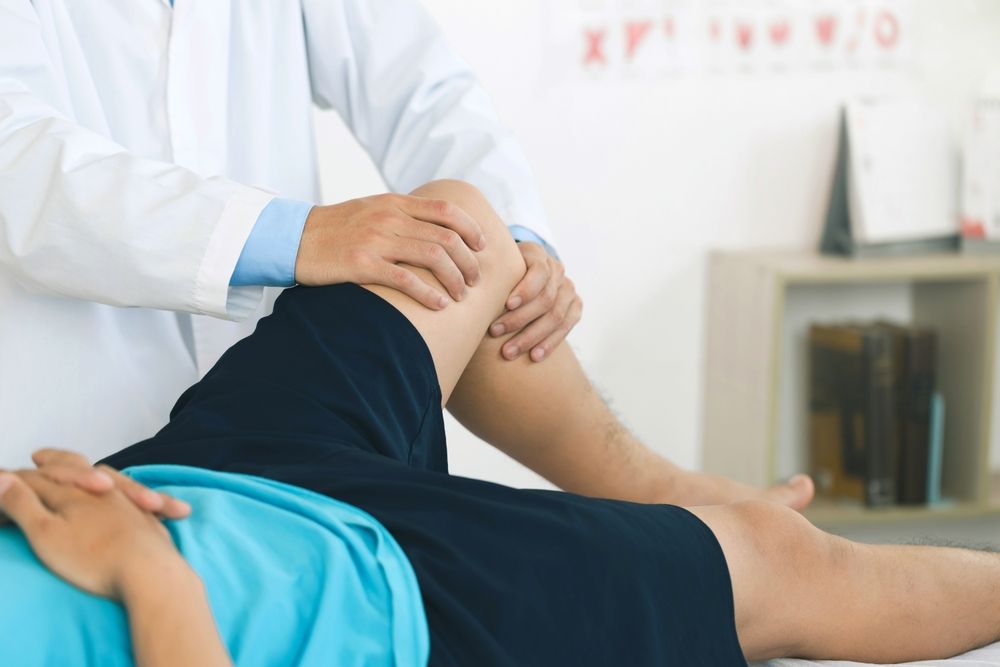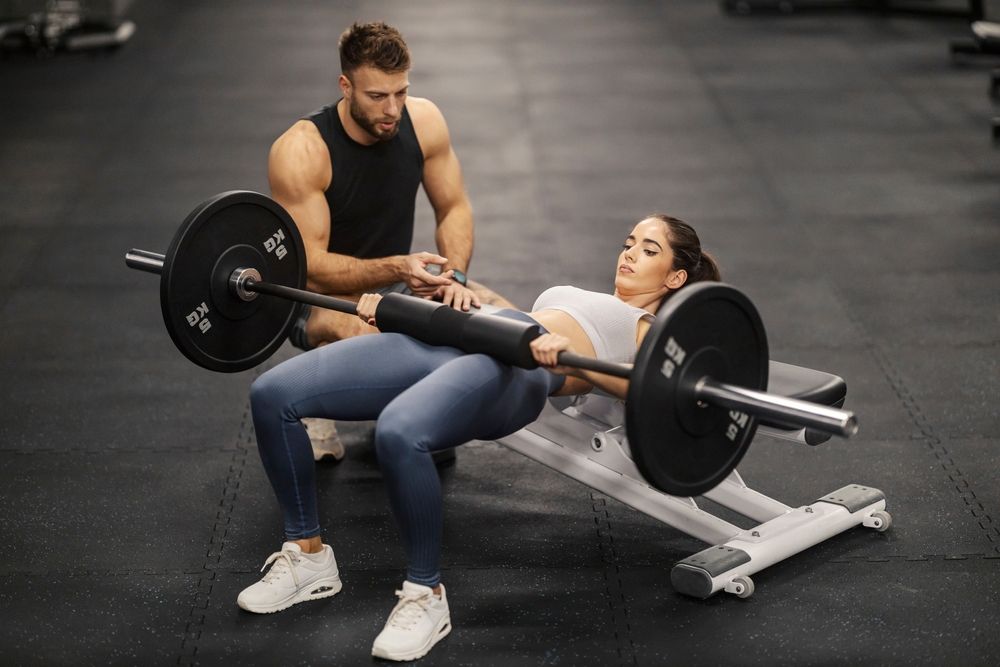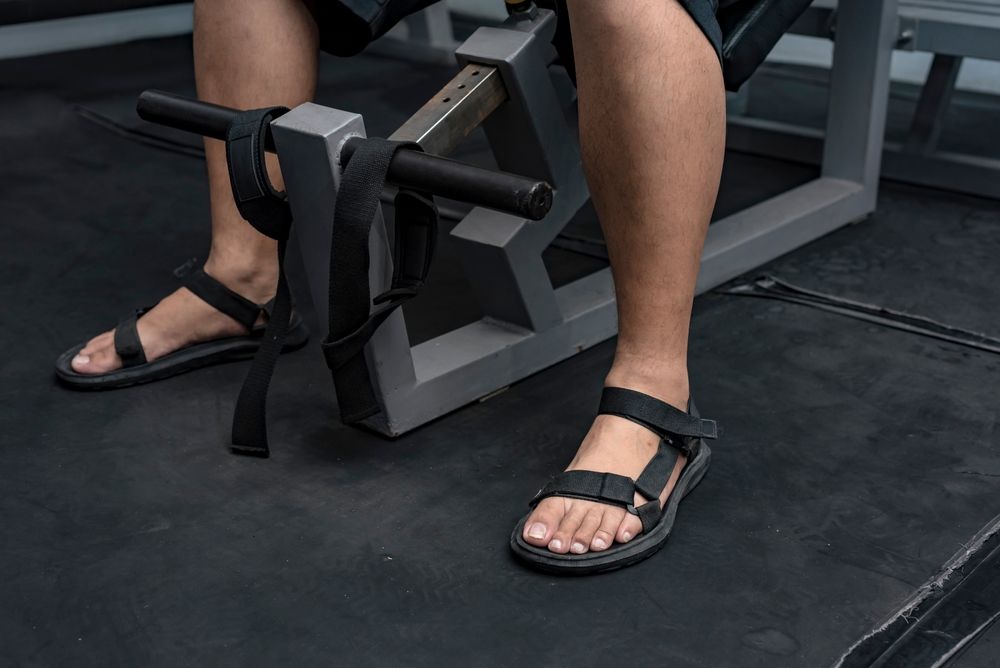
Walking is an incredibly effective form of exercise that, according to the Mayo Clinic, can help lower the risk of depression, high blood pressure, diabetes, heart disease, and more. It's a simple, accessible way to stay active—no equipment or gym membership required. However, walking with poor habits or incorrect form can lead to serious issues, particularly with your knees. Achieving your fitness goals through walking is absolutely within reach, but it’s important to avoid these six common mistakes—and here’s why.
Walking Too Much Too Quickly

Suddenly increasing your walking intensity or distance can overload your knees, leaving them no time to adapt to the added stress. This can result in painful overuse injuries, such as patellar tendonitis or iliotibial (IT) band syndrome. To prevent this, follow the rule of increasing your distance or intensity by no more than 10–20% per week. This gradual progression gives your knee joint and surrounding muscles the time they need to adjust and strengthen.
Overlooking Gait Issues
Many people have gait issues without realizing it. Problems like supination (feet rolling outward), pronation (feet rolling inward), or uneven strides can throw your knees out of alignment, leading to increased wear and tear on your joints. A simple way to check is by examining the soles of an old pair of shoes. If the outside edge is more worn down, you likely supinate; if the inside edge is more worn, you probably pronate. If you notice these patterns, it’s a good idea to have your gait assessed by a professional, such as a podiatrist or physical therapist. They can recommend specific exercises or custom orthotics to correct your gait and protect your knees from further stress.
Walking Without Strengthening Supporting Muscles

Weak muscles around your knees can struggle to provide adequate support, especially if walking is your main form of exercise. This can leave your knee joints vulnerable to overuse and injury. To protect and strengthen your knees, incorporate strength training exercises targeting the quads, hamstrings, and calves. Moves like squats, reverse and side lunges, step-ups, calf raises, glute bridges, and seated quad extensions are excellent for improving knee stability and overall joint strength.
Lack of Hip Strength and Engagement

Hip and glute strength are essential for proper gait mechanics. If your hip and glute muscles are weak, your knees may overcompensate for the lack of support. Over time, this can lead to muscle imbalances, overuse injuries, and joint pain. Lower body exercises like deadlifts, glute/hip bridges, banded clamshells, and side-lying leg lifts can help strengthen your hips and reduce this imbalance.
Worn Out/Improper Footwear

Over time, shoes lose their cushioning and support, which can affect foot mechanics and cause misalignment issues due to inadequate shock absorption. Wearing worn-out or ill-fitting footwear can also lead to problems like plantar fasciitis, joint stress, and tendonitis. To avoid these issues, invest in high-quality walking shoes with proper arch support, cushioning, and soles suited to your gait. Ideally, replace your shoes every 300–500 miles or as soon as you notice worn soles, diminished tread, or a lack of support. Proper footwear is key to protecting your feet and knees during walking.
Poor Posture

Walking with poor posture can throw your body out of alignment, leading to issues like leaning too far forward, slouching while looking at your phone, or tilting your pelvis too far forward or backward. These misalignments place unnecessary stress on your knees, increasing pain and joint strain over time. To avoid this, focus on standing tall with relaxed shoulders, letting your arms swing naturally. Keep your chest lifted and your shoulders open. Visualizing a balloon gently pulling the top of your head upward can help you maintain a neutral, aligned posture. By staying mindful of your posture while walking, you can reduce knee stress and improve your overall gait efficiency.

